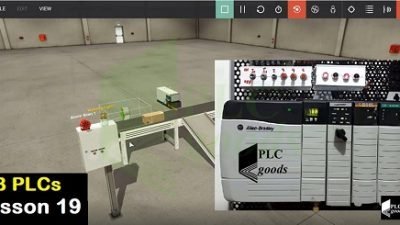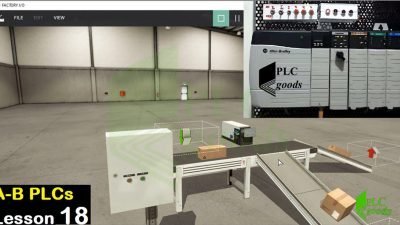Building a DIY Variable Bench Power Supply Using the LTC3780 step-up, step-down converter module
A Variable Lab Bench Power Supply is one of the most important tools an electronics maker can own. It’s mandatory while testing circuits because you can now limit the current. If something goes wrong during prototyping, then this means most things will not blow up anymore. You can also use it to charge Lithium-ion batteries, or reliably determine the forward voltage of high-power LED. This list goes on and on.

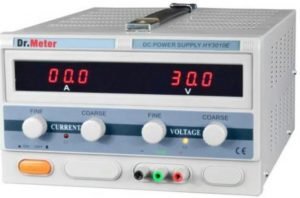
Figure 1 displays an image of the commercial lab bench power supply: Dr. Meter HY3010E 30V/10A Lab Grade Regulated Variable Switching DC Power Supply
So on this note, I will show you how to make your own very easily without making your own circuits. It’s all modular. The star of our DIY power supply is the LTC3780 step-up, step-down converter module board. It combines an efficient and really powerful buck and boosts converter for the price of 10.45 US Dollars.

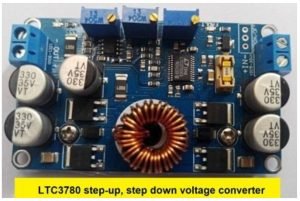
Figure 2 displays the LTC3780 module
I connected my wire adapters with the power wires of my voltage-current display to the input of the board. The output’s positive connects to one loose wire and the voltage sense wire of my display. The black wire of my current measuring path connects to the negative outputs. This loose wire represents the positive voltage and the red wire ground. This configuration stays the same when the supply is inside the enclosure. Now I can turn on my bench power supply, set the voltage to 12 Volts and connect the wires! Everything powers up and we can play with the three potentiometers.

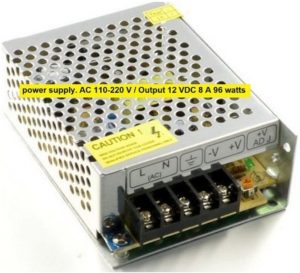
Figure 3 display the main power supply I used in this project
The far-right one controls the under voltage protection and is mostly used for solar charging. We do not care about that, so don’t touch it. The far left one controls our voltage. The minimal voltage is not zero Volts, but it’s very close, with 0.8 Volts. It’s not a tragedy that we cannot reach below 0.8 Volts because such low Voltage values are not that useful anyway. The maximum Voltage is around 29.4 Volts, so I would say it’s a pretty neat range.

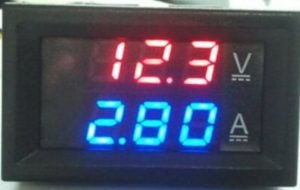
Figure 4 display the LED DC dual display digital current and voltage meter 0-100V
The potentiometer in the middle can limit our currents. The minimum is around 300 milliamps, which is still quite high for many circuits but we cannot do much about it. The maximum current is limited by my display which only endures up to 3 Amps, but small peaks of higher current should not destroy it immediately.


Figure 4 illustrates the complete wiring diagram of the DIY bench power supply using LTC 3780 module, a typical power supply of Input 110 / 220 VAC and output of 12 VDC at 8 A, and a voltage and a dual current/voltage digital display


